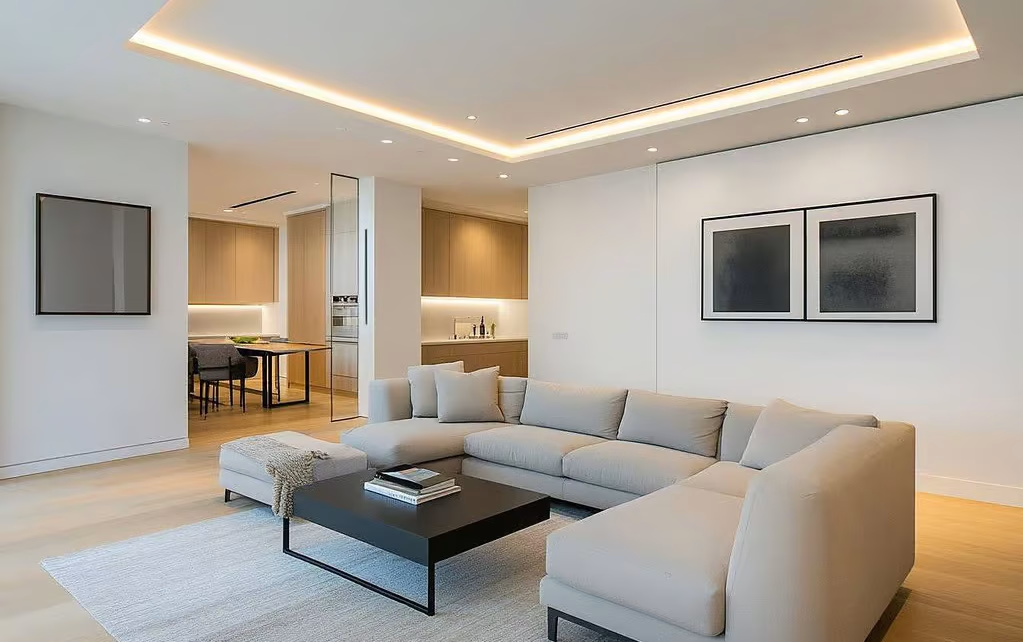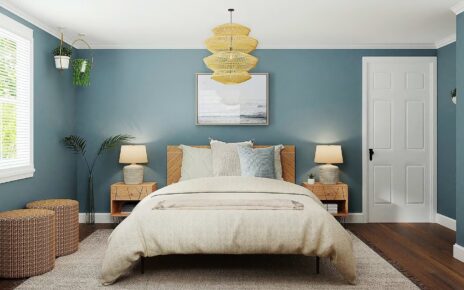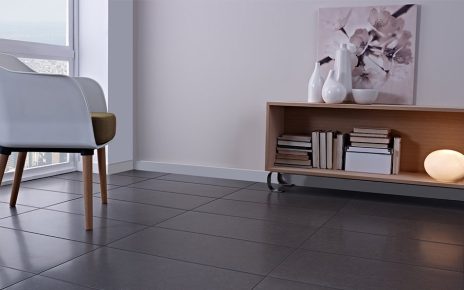A well-lit home is not just about brightness; it’s about balance, comfort, and personality. Whether you’re designing a new space or refreshing your existing one, a smart lighting plan can completely transform how your home looks and feels. The best part? You don’t need a huge budget to make it happen.
Combining smart home lights with functional and decorative light options can create a lighting setup that fits your style, space, and budget. Here’s how to plan it step by step.
Plan Your Lighting Budget Smartly
Every home lighting project begins with a budget. Having a clear plan helps you make practical decisions without compromising on aesthetics.
Start by listing all the spaces in your home: living room, bedrooms, kitchen, bathroom, and balcony. Then, divide your budget into three categories:
- Essential lighting: Basic illumination for safety and function (like ceiling and wall lights).
- Accent or decorative light: For adding warmth, style, or highlighting features.
- Smart home lights: For flexibility, automation, and energy efficiency.
Even if your budget is limited, start with essential lighting and gradually add smart bulbs or accent lights later. Many smart lighting options are affordable today. They help save energy costs in the long run.
Always leave a small portion of your budget (around 10–15%) for last-minute adjustments or extra fittings you might discover during installation.
Decide the Lighting Type for Each Room
Different rooms serve different purposes, and the lighting should reflect that. When planning, think about what kind of light each space truly needs.
- Living Room: This is where you relax and entertain, so layer lighting. Combine smart home lights for flexibility, ceiling fixtures for overall brightness, and a decorative light, such as a floor or wall lamp, for warmth.
- Bedroom: Go for soft, soothing lights. Use warm white tones for rest and smart bulbs that can dim or change colour for reading or relaxation.
- Kitchen: Focus on functionality. Install task lighting over counters or cabinets to make food preparation easy.
- Bathroom: Bright, even lighting near mirrors helps during grooming. Use moisture-safe fixtures for safety.
- Balcony or Dining Area: Decorative lighting like lanterns, string lights, or pendant lamps adds charm and personality.
The right combination of task, ambient, and accent lights ensures that every room feels both practical and beautiful.
Measure Ceiling Height and Room Size
Your ceiling height and room size greatly influence the type of lighting you should choose. A small room with a low ceiling requires a different approach than a spacious one with tall walls.
- Low ceilings: Choose flush-mounted or recessed smart home lights that distribute light evenly without taking up space.
- High ceilings: Pendant lights or chandeliers add depth and drama, making large rooms feel cosy.
- Compact rooms: Use mirrors or light-coloured walls to enhance brightness. A single decorative light can serve both as illumination and a design statement.
- Large spaces: Layer multiple light sources to avoid dark corners, as one ceiling fixture won’t be enough.
Before installation, sketch your room layout and mark where each light should go. This simple step prevents over-lighting or uneven shadows later.
Assess Natural Light
Natural light plays a huge role in shaping how artificial lighting appears. Before finalising your lighting plan, spend some time observing how sunlight moves through your home during the day.
Rooms with large windows might only need artificial lighting in the evenings, while darker areas may need constant illumination.
- Use smart home lights in rooms that get variable sunlight. You can easily adjust brightness levels as daylight changes.
- Place decorative light fixtures near darker corners or spots where sunlight doesn’t reach, to keep the space balanced.
- Avoid blocking windows with heavy curtains or furniture. Let natural light be part of your overall design.
A well-balanced mix of daylight and artificial lighting makes your home feel natural, spacious, and energy-efficient.
Choose Your Look and Style
Lighting doesn’t just brighten your home; it defines your home’s personality. The final step in your plan is to select fixtures and tones that reflect your taste.
If you prefer a modern look, go for sleek, minimal smart home lights with neutral tones and geometric shapes. For a cosy or traditional feel, choose warm-coloured decorative lights like wall sconces, lanterns, or lamps with fabric shades.
Don’t forget to consider the lighting colour temperature:
- Warm white (2700K–3000K): Soft and inviting, ideal for living rooms and bedrooms.
- Neutral white (3500K–4000K): Balanced and versatile, suitable for dining areas and kitchens.
- Cool white (5000K+): Bright and focused, great for study rooms and bathrooms.
Mixing tones across your home creates mood and variety without overwhelming the senses.
Bringing It All Together
Designing a smart lighting plan isn’t about spending more; it’s about planning wisely. The right blend of smart home lights and decorative lights can make your home look stylish, functional, and comfortable, no matter your budget.
When you thoughtfully match lighting to your space, height, and natural brightness, you not only enhance your interiors but also improve how you feel in them.
So, start simple. Adjust one room at a time, play with tones, and upgrade gradually. With a well-planned approach, your home can shine beautifully: bright where you need it, warm where you want it, and smart everywhere in between.





